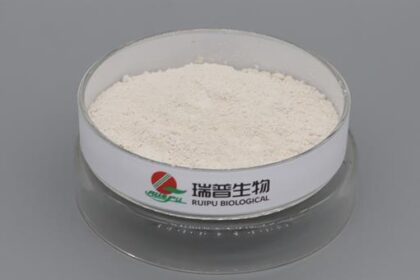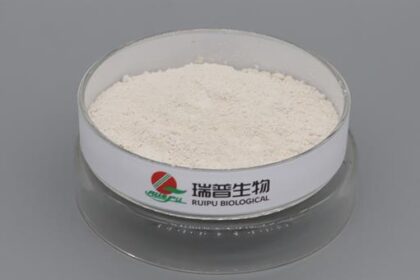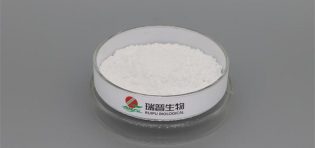
Storing large quantities of wholesale calcium hydrogen phosphate, also known as dibasic calcium phosphate or dibasic calcium phosphate dihydrate (CaHPO4·2H2O), requires careful consideration of environmental factors to maintain product quality.Here are guidelines for proper storage:
Storage Conditions:
Store calcium hydrogen phosphate in a cool, dry place away from direct sunlight and heat. Maintain a stable temperature to prevent the product from deteriorating.
Keep the storage area well-ventilated to prevent moisture buildup, which can lead to clumping or caking of the powder.
Container Selection:
Use appropriate containers that provide a barrier against moisture and environmental contaminants.Sealed, airtight containers, such as drums or bags, are commonly used for bulk storage.
Ensure that the containers are made of materials compatible with calcium hydrogen phosphate to prevent any chemical reactions.
Protection from Contaminants:
Store calcium hydrogen phosphate away from substances that may cause contamination, such as strong acids, bases, or incompatible chemicals.
Implement a system to avoid cross-contamination with other products stored in the same facility.
Humidity Control:
Monitor and control humidity levels in the storage area.High humidity can lead to the absorption of moisture by calcium hydrogen phosphate, affecting its flow properties and causing clumping.
Consider using desiccants or other humidity control measures in the storage space.
Handling Procedures:
Implement proper handling procedures to minimize the introduction of contaminants during loading and unloading processes.
Train personnel on the correct procedures for handling and storing calcium hydrogen phosphate to prevent accidents and ensure product integrity.
Labeling:
Clearly label containers with product information, including batch numbers, expiration dates (if applicable), and handling instructions.
Ensure that safety data sheets (SDS) are readily available for reference.
Inventory Management:
Implement a robust inventory management system to track the movement of calcium hydrogen phosphate and monitor stock levels.
Rotate stock based on the "first in, first out" (FIFO) principle to use older inventory first and minimize the risk of product deterioration over time.
Security Measures:
Implement security measures to prevent unauthorized access to the storage area and protect against theft or tampering.
Regular Inspections:
Conduct regular inspections of the storage area to identify and address any issues promptly.
Check for signs of moisture, contamination, or damage to containers during inspections.
Emergency Response Plan:
Develop and communicate an emergency response plan that includes procedures for handling spills, leaks, or other incidents that may impact product integrity.
Consult with the supplier for specific storage recommendations based on the characteristics of the calcium hydrogen phosphate product you are handling.Additionally, adherence to relevant safety regulations and guidelines is essential to ensure the health and safety of personnel and the integrity of the stored product.








